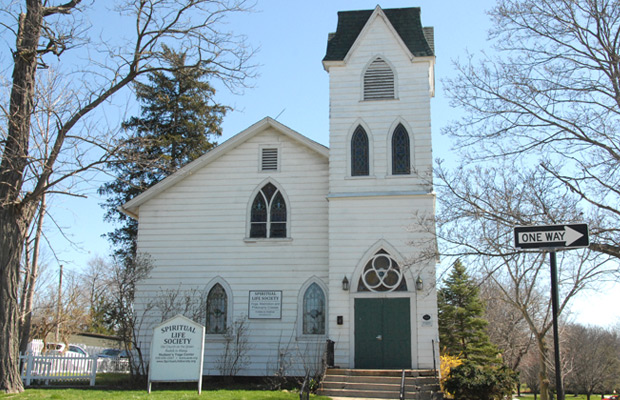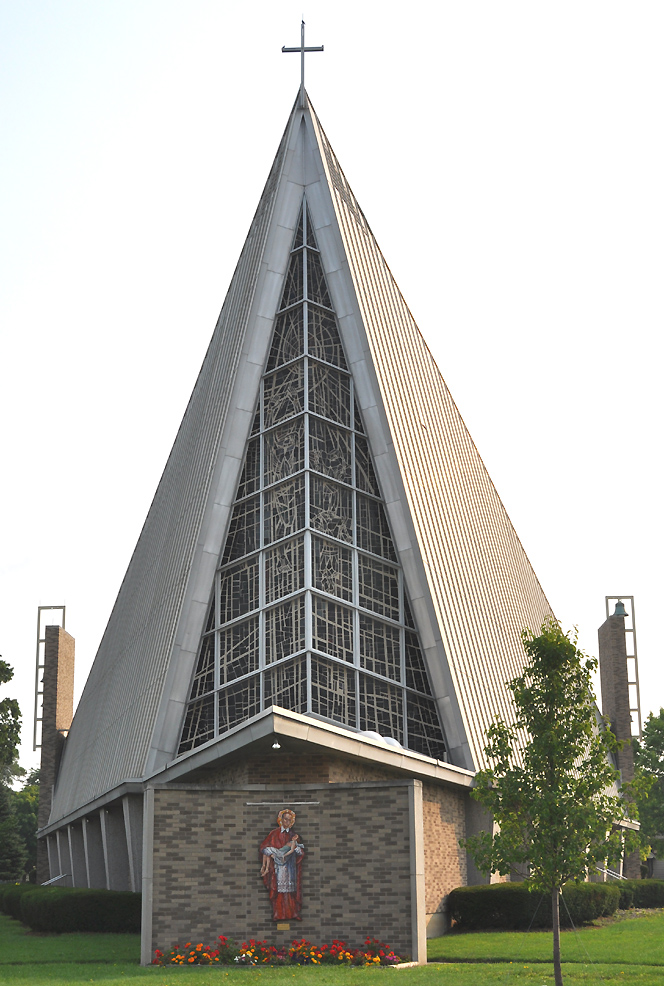Logan Ohio Churches: Where Religion and Belonging Come Together
Logan Ohio Churches: Where Religion and Belonging Come Together
Blog Article
Checking Out Historical and Modern Churches for All Confidences
The expedition of modern and historical churches offers as an extensive lens through which we can analyze the evolution of confidence and area characteristics throughout cultures. As we consider the significance of these spiritual websites, one should ponder just how they proceed to form interfaith dialogue and community involvement in today's varied world.
Architectural Designs With the Ages
As architectural expressions of spirituality, churches have advanced dramatically over the centuries, mirroring the diverse doctrinal and social impacts of their times - Logan Ohio Churches. The architectural styles of churches are as differed as the belief systems they stand for, each style personifying certain churches and area values
Very early Christian architecture arised from Roman basilicas, defined by simple, longitudinal structures featuring a nave and aisles. As the Middle Ages proceeded, Gothic style took hold, noted by pointed arcs, ribbed vaults, and flying buttresses, which enabled larger stained glass windows that brightened interiors with magnificent light. The Renaissance period brought a resurgence of timeless aspects, stressing proportion and balance, while Baroque style introduced significant forms and sophisticated information, symbolizing the grandeur of spirituality.
In the 19th and 20th centuries, the increase of numerous movements, such as Arts and Crafts and Innovation, mirrored societal modifications and a separation from traditional types. Today, modern churches frequently mix cutting-edge layouts and modern materials, accepting sustainability and area involvement. This rich tapestry of architectural styles shows the recurring discussion between belief and style, showcasing just how churches remain to adjust to the spiritual needs of diverse populations around the world.
Famous Historic Churches

An additional remarkable example is the Notre-Dame Basilica in Paris, commemorated for its French Gothic layout. Its intricate appearance and stunning stained glass windows show centuries of dedication and artistry, making it a symbol of both faith and durability, specifically after its current restoration following the ravaging fire in 2019.
In the Americas, the historical Objective San Juan Capistrano in The golden state showcases Spanish colonial style, highlighting the very early Catholic goals that played a pivotal role in the region's social growth.

Additionally, the Hagia Sophia in Istanbul, originally constructed as a cathedral, represents a blend of Christian and Islamic heritage, showcasing the abundant tapestry of background that churches often embody. Each of these historic churches not only acts as a location of prayer but also as a cultural site, protecting the stories of diverse neighborhoods across time.
Modern Church Innovations
Modern churches are progressively accepting innovative designs and technologies to improve the praise experience and foster neighborhood involvement. These advancements materialize in different forms, from architectural innovations to electronic combination. Numerous contemporary churches include open, versatile spaces that can be easily reconfigured to suit varied activities, such as services, celebrations, and curricula.
Integrating innovation is critical in contemporary church design. Top notch audio-visual systems, live streaming capabilities, and interactive display screens enable parishes to attach not just within their walls yet likewise with a broader target market online. This digital outreach has actually become crucial for preserving community connections, especially in a period where numerous people seek spiritual links beyond typical settings.
Lasting design techniques likewise play a crucial function in modern church technologies. Lots of organizations are selecting eco-friendly products and renewable resource sources, reflecting a dedication to environmental stewardship that reverberates with congregants.
Moreover, the combination of art and creativity into prayer spaces, via murals, setups, and multimedia discussions, serves to enhance the spiritual ambience, making the experience more immersive. These developments jointly reflect a change in the direction of a more inclusive and vibrant method to worship and neighborhood life.
Area Influence of Churches
Churches play an important function fit and uplifting neighborhoods, commonly tipping up to resolve neighborhood demands and obstacles. Beyond their spiritual features, these organizations regularly participate in social outreach and offer essential services that foster community cohesion. Several churches run food financial institutions, shelters, and counseling solutions, resolving concerns such as hardship, homelessness, and mental wellness.
In addition, churches commonly function as meeting place for area occasions, assisting in dialogue and unity amongst varied groups. By hosting curricula, workshops, and cultural occasions, they motivate personal development and collective empowerment. Their engagement in neighborhood advocacy efforts amplifies the voices of marginalized areas, adding to social justice initiatives.
In addition, churches usually team up with regional organizations, boosting their impact through partnerships that incorporate sources and proficiency. This interconnectedness strengthens area connections and promotes a sense of belonging amongst homeowners.
Fundamentally, churches are not merely churches; they are indispensable to the social material of their areas. Their multifaceted payments-- spiritual assistance, social services, and area activism-- play a vital function in promoting resilience and positive modification within society.
Going To Churches All Over The World
When discovering the diverse landscapes find out of spirituality, checking out churches around the globe uses an unique window right into the cultural and imaginative expressions of confidence. Each church works as a testimony to the background and values of the neighborhood it stands for, reflecting architectural styles and neighborhood practices.
From the splendour of St - Logan Ohio Churches. Peter's Basilica in Vatican City to the minimalist elegance of Tokyo's St. Mary's Sanctuary, these sacred spaces symbolize an abundant tapestry of human experience. The complex tarnished glass of Chartres Cathedral in France narrates biblical stories, while the dynamic murals of the Ethiopian Orthodox churches show the country's distinctive spiritual heritage
In addition to showcasing artistic mastery, churches usually work as centers of community and social engagement, holding events that enhance bonds amongst congregants. Several also provide possibilities for interfaith discussion, promoting understanding and respect amongst different idea systems.
Traveling to these churches permits visitors to appreciate the global motifs of hope, love, and empathy that transcend cultural obstacles. Whether one relates to a certain belief or otherwise, the official statement experience of going to these spiritual sites enriches our understanding of the human mission for significance and connection.
Final Thought

The exploration of historic and modern churches offers as an extensive lens via which we can examine the evolution of faith and community dynamics across societies. Today, modern churches typically mix modern materials and ingenious layouts, embracing sustainability and neighborhood engagement.Throughout history, many churches have actually emerged as legendary spots, each telling an one-of-a-kind tale of creativity, area, and confidence.Modern churches are significantly welcoming ingenious designs and technologies to improve the worship experience and foster area interaction.Furthermore, churches typically serve as celebration locations for community occasions, helping with discussion and unity among varied groups.
Report this page